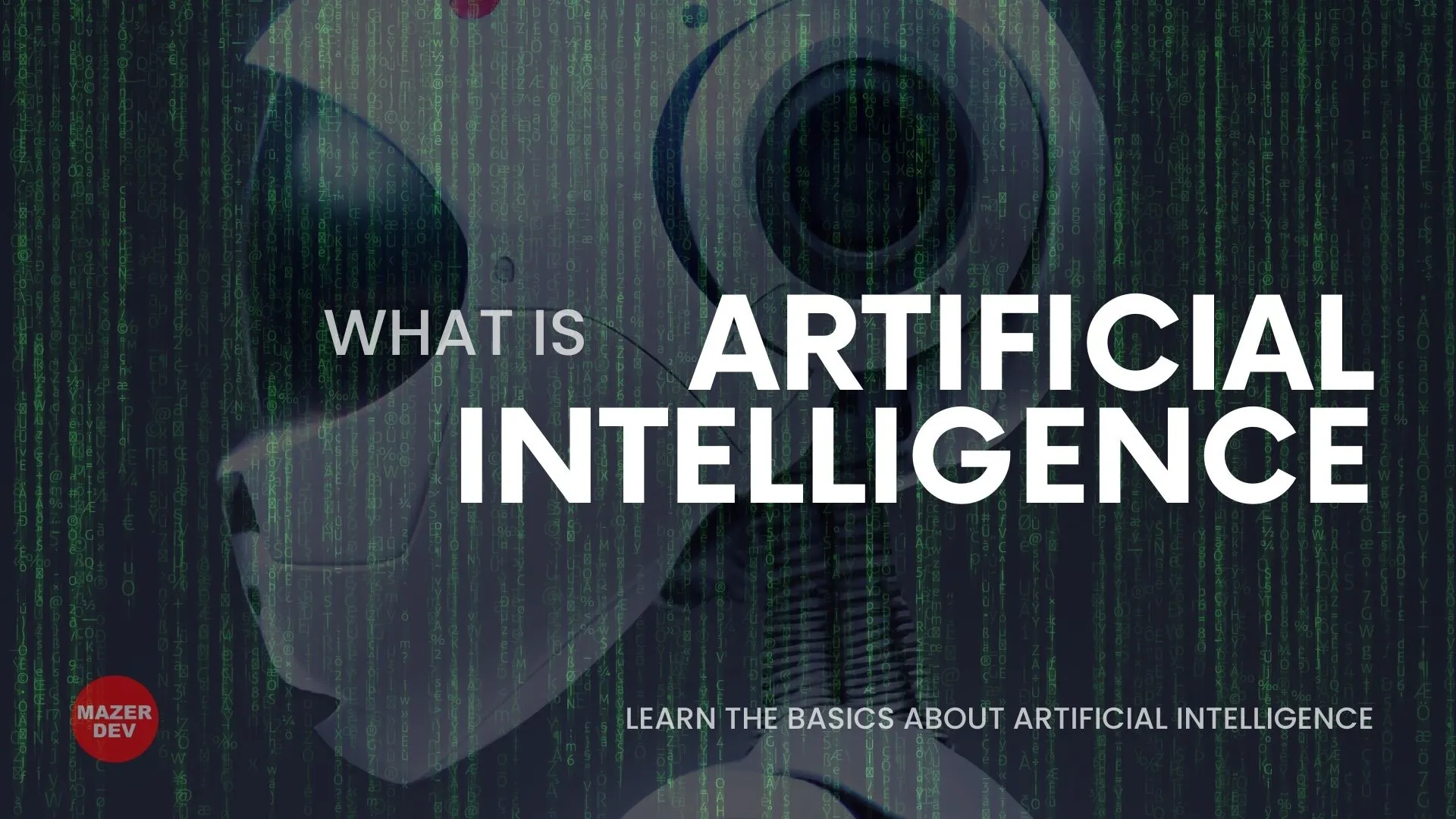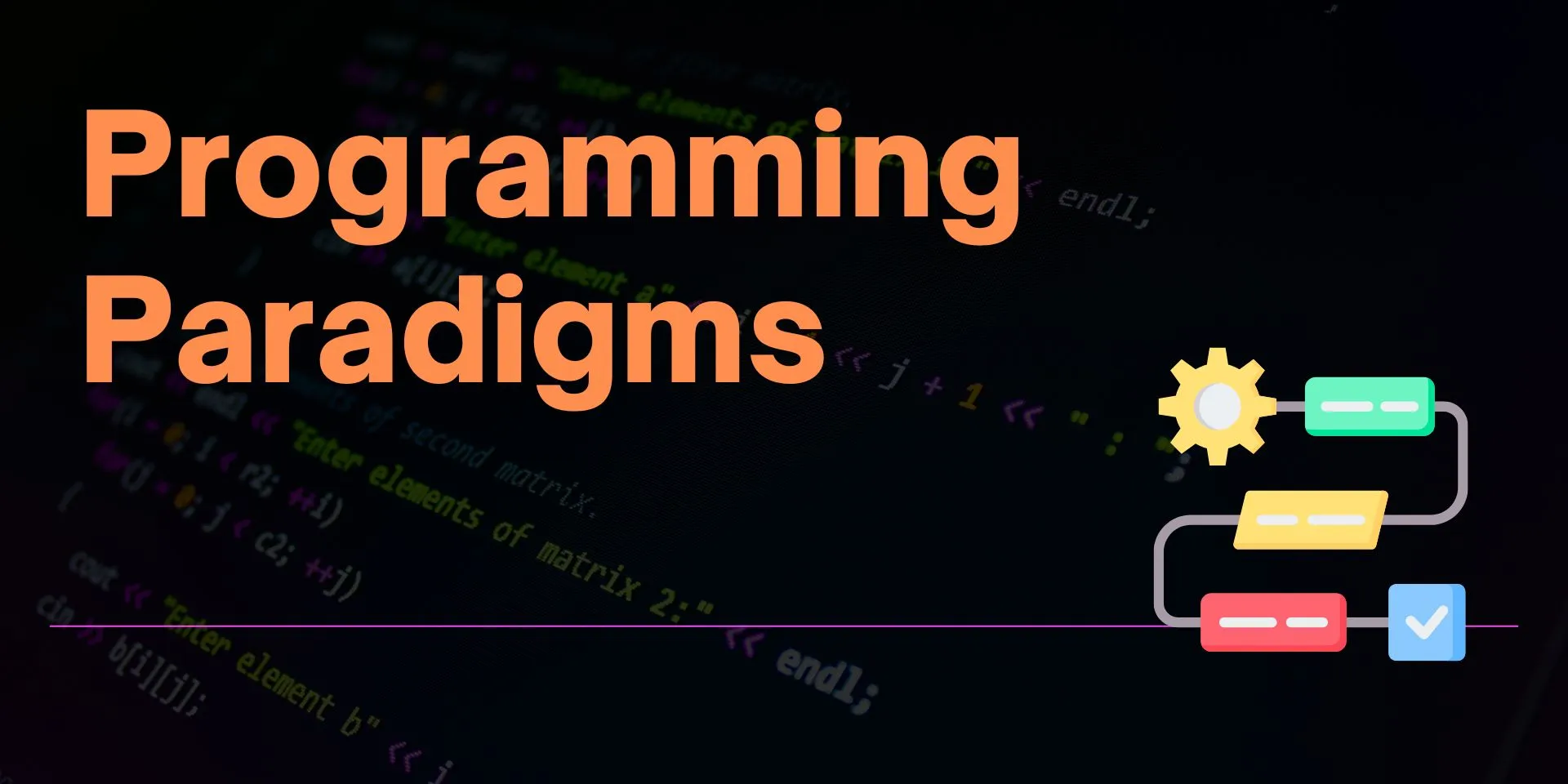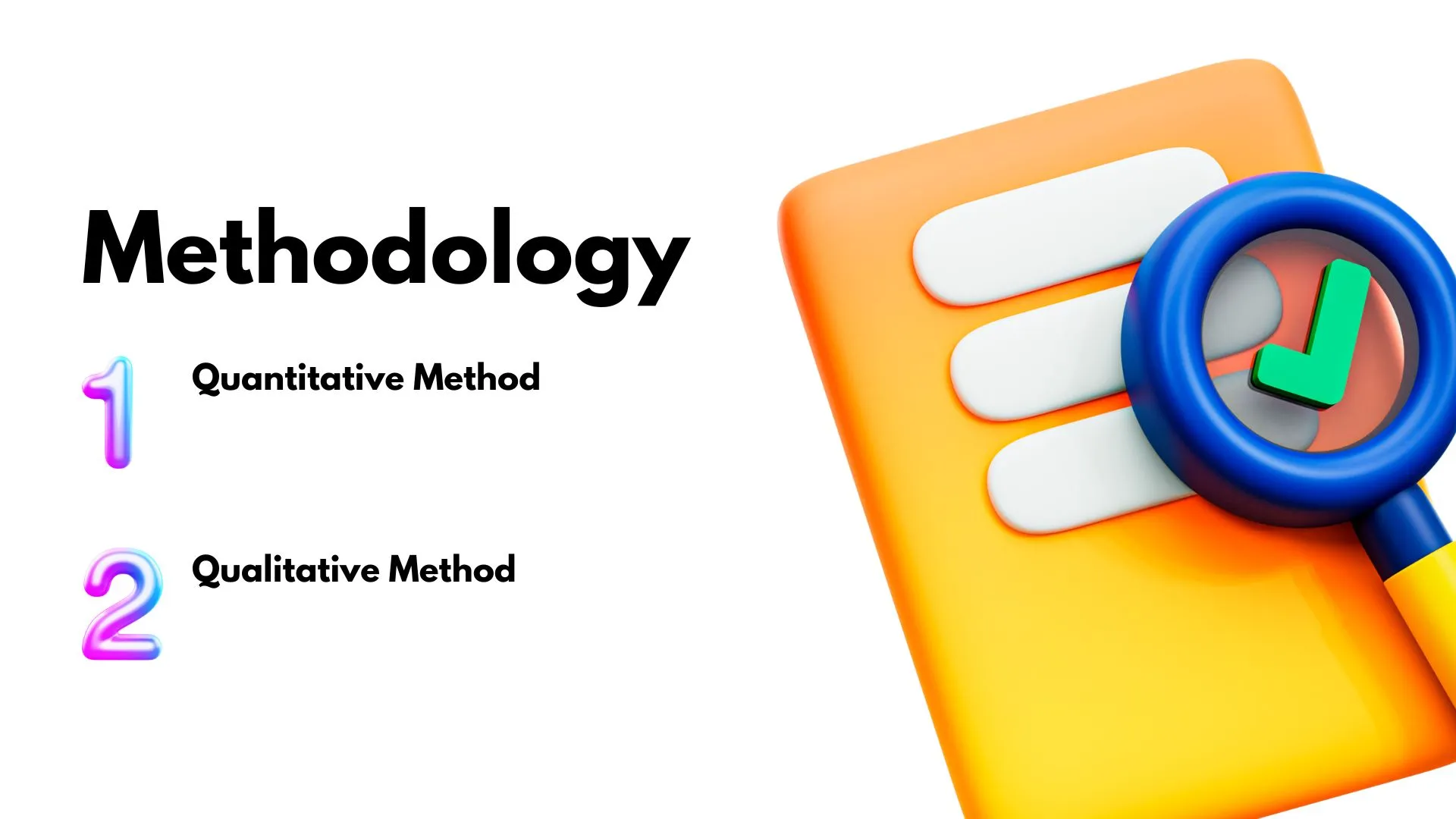Artificial intelligence (AI) has rapidly evolved over the past few decades, transforming the way we live, work, and interact with technology. As a field, AI encompasses a vast array of sub-disciplines. By harnessing the power of data, AI systems are capable of learning, adapting, and improving over time, allowing them to perform tasks that were once considered the sole domain of human intelligence. As we continue to uncover its potential, AI stands poised to revolutionize not just the world of software development but also our society at large.
Let’s delve into the fascinating world of artificial intelligence, exploring its definitions, history, and real-world applications. This blog post serves as the first installment in our free introductory course on Artificial Intelligence.
What is Artificial Intelligence (AI)
Artificial Intelligence (AI) is a branch of computer science that focuses on creating machines or systems capable of performing tasks that typically require human-like intelligence, reasoning, and adaptability. AI encompasses a wide range of sub-disciplines, including machine learning, natural language processing, speech recognition, computer vision, robotics, and expert systems.
The goal of AI research is to develop algorithms and models that enable machines to learn from data, make decisions, and improve their performance over time, ultimately performing tasks that were once considered the exclusive domain of human intelligence.
Defining Artificial Intelligence
Artificial Intelligence is a complex and multifaceted field, making it challenging to arrive at a single, universally accepted definition. However, several renowned scientists have attempted to define AI from different perspectives.
Here are some notable definitions from popular scientific articles:
- Marvin Minsky, a pioneer in AI research, defined AI as
“the construction of computer programs that engage in tasks that require intelligence when performed by humans.”
(Minsky, M. 1968. Semantic Information Processing.)
- John McCarthy, Marvin Minsky, Nathaniel Rochester, and Claude Shannon, who are widely regarded as the founding fathers of AI:
“Every aspect of learning or any other feature of intelligence can in principle be so precisely described that a machine can be made to simulate it”
(McCarthy et al., 1955, “A Proposal for the Dartmouth Summer Research Project on Artificial Intelligence”).
- Tom Mitchell, a prominent AI researcher:
“The field of artificial intelligence is concerned with the design of computer programs and machines that can perform tasks that would require intelligence if performed by humans”
(Mitchell, 1997, “Machine Learning”).
- John McCarthy, in a dedicated article to describe what AI is, defined it as:
“It is the science and engineering of making intelligent machines, especially intelligent computer programs.”
- Stuart Russell and Peter Norvig, authors of the seminal textbook “Artificial Intelligence: A Modern Approach,” describe AI as:
the study of “agents that exist in an environment, perceive and reason about that environment, and act upon it to achieve a goal.”
(Russell, S., & Norvig, P. 2009. Artificial Intelligence: A Modern Approach, 3rd Edition.)
These definitions, while differing in their specifics, share a common focus on the creation of machines that can simulate or exhibit intelligent behavior.
So, from these definitions, it’s clear that artificial intelligence aims to create machines or systems that can perform tasks requiring human-like intelligence, reasoning, and adaptability.
But, what does it means to “intelligence”? How can we define intelligence in the context of AI? Does it involve exhibiting intelligent behavior, or is it more about mimicking human-like behaviors and cognitive processes?
What is Intelligence
Drawing from John McCarthy’s perspective on artificial intelligence and general understanding of intelligence, we can define intelligence as:
the ability to acquire, understand, and apply knowledge and skills to adapt to new situations, learn from experience, and solve complex problems.
It encompasses cognitive processes such as learning, reasoning, decision-making, pattern recognition, and problem-solving, which can be demonstrated by both humans and machines.
In the context of AI, intelligence refers to the development and implementation of algorithms and models that enable machines or systems to exhibit these intelligent behaviors, whether human-like or not, to efficiently and effectively accomplish tasks and solve problems.
Narrow AI vs. General AI:
Artificial intelligence can be broadly classified into two categories: Narrow AI and General AI.
Narrow AI
Narrow Artificial Intelligence, also known as Weak AI, refers to artificial intelligence systems designed to perform specific tasks or solve particular problems with high efficiency.
These systems are highly specialized and excel in their designated tasks but lack the ability to generalize their learning or adapt to new situations outside their predefined scope. Narrow AI is prevalent in numerous real-world applications and relies on various methods to accomplish its tasks.
Some examples of Narrow AI include:
Recommendation systems: Used by online platforms like Amazon and Netflix, these systems employ collaborative filtering, content-based filtering, or a hybrid approach to analyze user behavior and preferences to provide personalized recommendations for products or content.
Spam filters: Email services like Gmail use machine learning algorithms, such as Naïve Bayes classifiers or decision trees, to identify and filter out spam emails based on the analysis of specific patterns and features in the email content.
Virtual assistants: Siri, Alexa, and Google Assistant are examples of virtual assistants that employ natural language processing, speech recognition, and other AI techniques to understand and respond to user queries or commands.
Autonomous vehicles: Self-driving cars like those developed by Tesla and Waymo use computer vision, sensor fusion, and reinforcement learning to perceive their surroundings, make decisions, and navigate safely on the roads.
Fraud detection: Financial institutions utilize machine learning algorithms, such as neural networks and clustering, to analyze transaction data and identify potential fraudulent activities based on patterns and anomalies.
Facial recognition and speech recognition: AI-driven technologies that enable machines to identify individuals based on their unique facial features and interpret human speech, respectively.
Narrow AI typically employs a combination of methods like machine learning, deep learning, natural language processing, and computer vision to achieve its specialized tasks. These methods are tailored to specific applications, making Narrow AI highly effective in its designated domain but limited in its ability to handle tasks beyond that scope.
Here are three highly cited scientific articles related to Narrow AI, each focusing on different aspects or applications of Narrow AI:
Lecun, Y., Bengio, Y., & Hinton, G. (2015). Deep learning. Nature, 521(7553), 436-444. This influential article provides an overview of deep learning, a key technique within Narrow AI, particularly for tasks related to image and speech recognition. The authors discuss the development of deep learning, its principles, and its wide-ranging applications in various domains.
Mikolov, T., Chen, K., Corrado, G., & Dean, J. (2013). Efficient estimation of word representations in vector space. arXiv preprint arXiv:1301.3781. In this widely-cited article, the authors introduce the Word2Vec technique, a breakthrough in natural language processing and an essential part of Narrow AI. Word2Vec efficiently represents words in vector space, enabling various NLP tasks such as sentiment analysis, machine translation, and document classification.
Krizhevsky, A., Sutskever, I., & Hinton, G. E. (2012). ImageNet classification with deep convolutional neural networks. Advances in neural information processing systems, 25, 1097-1105. This landmark paper presents a deep convolutional neural network (CNN) that achieved state-of-the-art results in the ImageNet Large Scale Visual Recognition Challenge (ILSVRC) in 2012. CNNs have since become a fundamental part of Narrow AI, especially in computer vision tasks such as image classification, object detection, and facial recognition.
General AI
General AI, also known as Strong AI or Artificial General Intelligence (AGI), represents the ultimate goal of AI research: to create machines that possess human-level intelligence, capable of learning, reasoning, and adapting across various tasks and domains. Unlike Narrow AI, which is designed for specific tasks, General AI would exhibit a comprehensive understanding and cognitive abilities similar to human intelligence.
Achieving General AI remains a significant challenge, and as of now, there are no real-world examples of General AI systems, as the field is still in the research and development phase. However, some research directions and methods have been proposed as potential pathways to achieve General AI. Some of these include:
Hierarchical Temporal Memory (HTM): Proposed by Jeff Hawkins in his book “On Intelligence,” HTM is a biologically-inspired machine learning framework that seeks to model the structure and function of the human neocortex to achieve general intelligence. The method aims to create systems capable of learning and adapting to new information in real-time.
OpenAI’s GPT-x: GPT (short for “Generative Pre-trained Transformer”) models, such as GPT-3, developed by OpenAI, are large-scale language models that can perform a wide range of natural language processing tasks. While not yet achieving General AI, these models represent a step towards broader AI capabilities, as they can perform tasks such as translation, summarization, and question-answering with minimal task-specific training.
Artificial Neural Networks and Deep Learning: While deep learning has been highly successful in Narrow AI applications, researchers are investigating ways to extend and modify deep learning architectures to handle more general tasks. This includes the development of unsupervised learning methods, meta-learning techniques, and lifelong learning approaches that allow machines to learn from diverse experiences and adapt to new challenges.
Integrated AI architectures: Another approach to General AI is the development of integrated AI architectures that combine multiple specialized AI modules or systems to achieve more general intelligence. One example of such an architecture is the Cognitive Architecture for Social Agents (CASA), which integrates several AI components like natural language processing, reasoning, planning, and learning to enable human-like interactions with artificial agents.
The pursuit of General AI continues to be an active area of research, with scientists and engineers exploring various methods and approaches to achieve machines that can exhibit human-level intelligence across a broad range of tasks and domains.
Methods in AI:
Artificial intelligence comprises several methods and techniques, each with its unique strengths and applications. Some of the most prominent methods in AI include:
Machine Learning: A subset of AI that focuses on building algorithms and models that enable machines to learn from data and improve their performance over time. Machine learning techniques include supervised learning, unsupervised learning, and reinforcement learning.
Deep Learning: A subfield of machine learning that deals with artificial neural networks, inspired by the structure and function of the human brain. Deep learning has been particularly successful in tasks like image recognition, natural language processing, and speech recognition.
Natural Language Processing (NLP): The branch of AI that deals with the interaction between computers and human languages, enabling machines to understand, interpret, and generate human language.
Computer Vision: The field of AI that focuses on enabling machines to interpret and understand visual information from the world, such as images and videos.
Robotics: The area of AI that deals with the design, construction, and operation of robots, with the goal of automating
We will delve deeper into these methods and topics in the upcoming sections and posts of this course, providing you with a comprehensive understanding of various AI techniques and their applications. However, before we do that, it is essential to explore the fascinating history of artificial intelligence to gain context and appreciate the milestones that have shaped this incredible field. So, join us as we journey through the key events, breakthroughs, and visionaries who have played pivotal roles in the evolution of AI.






Comments